The Territory’s First Legislative Assembly is turning 50
The Northern Territory’s first Legislative Assembly had little power, yet made an over-sized contribution after Cyclone Tracy. Fifty years since it first sat, see why it is still significant.
Business
Don't miss out on the headlines from Business. Followed categories will be added to My News.
As the Northern Territory’s 15th Assembly opened on Tuesday, a small band of retired politicians took time to remember the historic First Territory Legislative Assembly, which sat 50 years ago this month.
Sitting in a long-demolished Commonwealth administration building in the CBD, the 19-member First Assembly had precious little power but plenty of passion and, after Cyclone Tracy, worked with Canberra to rebuild Darwin against the odds.
Replacing the half-elected, half-appointed Legislative Council, the First Assembly was a democratic practice-run for self government in 1978.
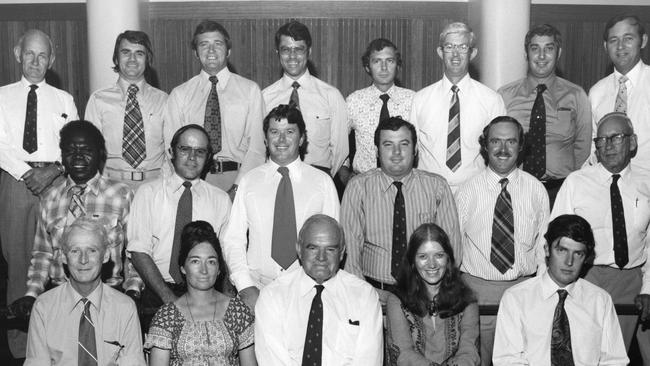
Led by Majority Leader Goff Letts and Speaker Les MacFarlane, the first assembly had 17 Country Liberal Party members, independents Dawn Lawrie and Ron Withnall and zero Labor members.
Of the original 19, Paul Everingham, Marshall Perron, Dawn Lawrie, Roger Steele, Grant Tambling and Jim Robinson are still alive, with question marks around a couple of other members whose whereabouts are uncertain.
They were paid $7000 per annum in 1974, well below the average wage, until a remuneration tribunal gave them near parity with the state governments in 1980.
The plan for Letts to be the first chief minister after self-government came unstuck when voters punted him at the 1977 election, meaning 35-year-old Paul Everingham became the Territory’s first chief minister on July 1, 1978.
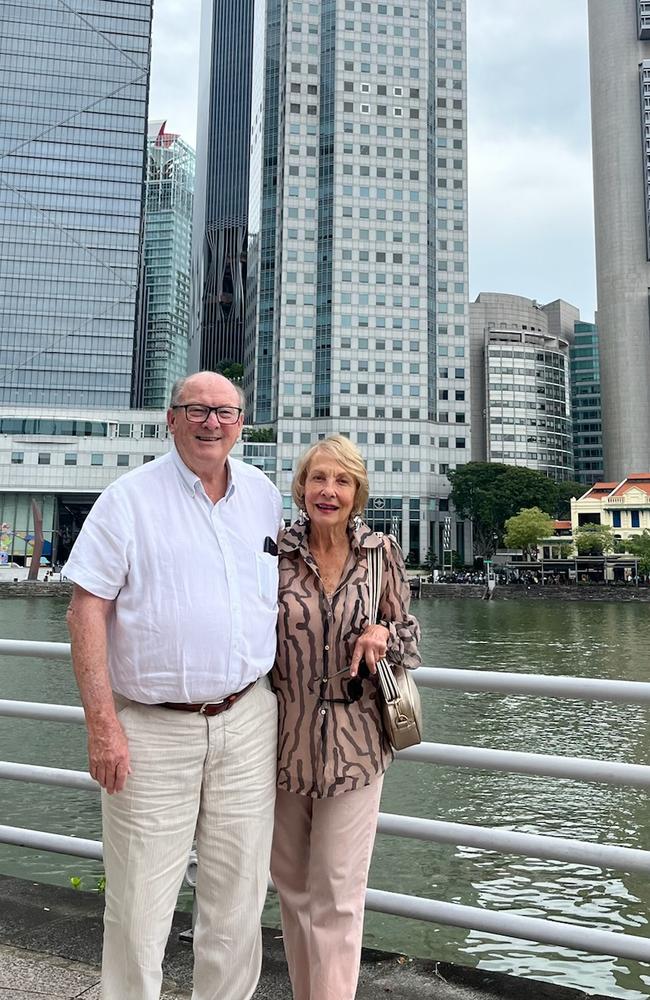
Everingham told the NT News the CLP’s monster landslide was partly a reaction to federal politics and the chaos coming out of Canberra from Gough Whitlam’s administration.
At the time federal Labor was caught up in the Khemlani loans scandal trying to source billions of dollars from shady Middle Eastern lenders, and this spooked the electorate.
“Even though there was nothing criminal about what Gough was doing, the Melbourne establishment made it sound like it was,” Everingham said.
“We didn’t know how badly frightened they were but we found out on the Saturday election night.
“Joh Bjelke Petersen called his own election after he saw our result and Labor in Queensland was reduced to 11 seats. There was a real fear of Gough at the time, people thought he was power crazy.”
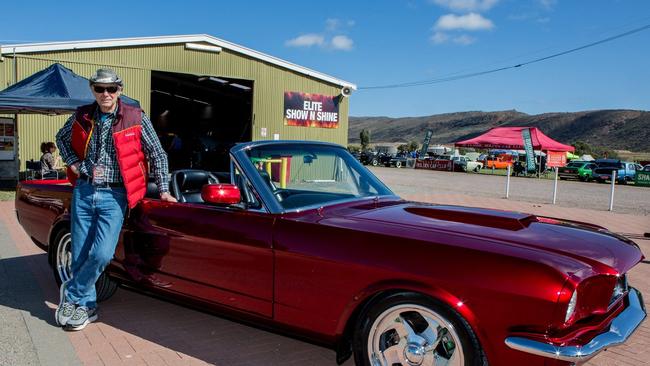
Despite this, Everingham acknowledged Whitlam’s role in establishing the First Assembly, which the Liberal-Country Party coalition had refused to do in the years leading up to Labor’s 1972 federal win.
Everingham, who helped found Alice Springs’ 8HA radio station, was prompted to push for statehood when it took two years for the Commonwealth to approve development of the Earth mat for the radio station mast.
“It took two years to get the land out of the Commonwealth even though nobody else wanted it,” he said.
“That was the dead-hand of Canberra in action and that’s why we wanted self government.”
Dawn Lawrie held the Nightcliff electorate for nine years from 1974 and despite being outnumbered 17-2 during the first three years, remembered the Assembly being well managed under speaker MacFarlane.
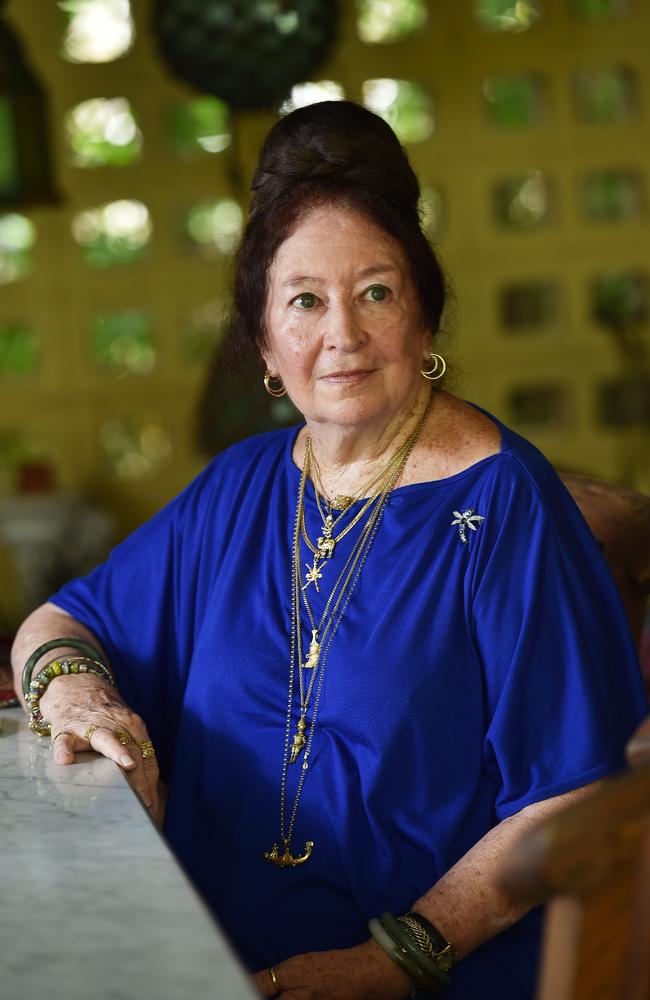
Within three months of its first sittings, the Assembly had to respond to the aftermath of Cyclone Tracy.
“It was a much more civilised parliament back then and people pulled together because it was a time of absolute crises,” Ms Lawrie said.
“In many ways there were no political divisions, and we all worked to ensure Territorians had a say in the future and it wasn’t being driven by people down south.”
Campaigns she fought and won included removing restrictions on development in Nightcliff, which Canberra wanted to rezone for tidal surge, and arguing for interstate police patrolling Darwin’s streets to remove their firearms.
“The worst aspect was when the wives and families wanted to come back to Darwin and the husbands would be asked if they wanted them back.”
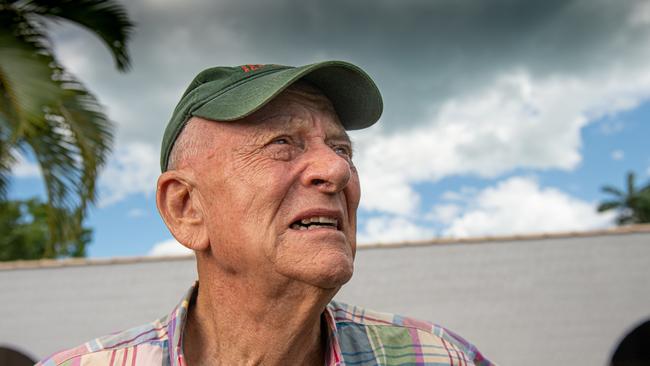
Marshall Perron recalls the First Assembly as having a legislative capacity but no executive function, which matched the jurisdiction’s lack of budget.
“Anything we legislated would become law but with no budget we couldn’t go building anything,” he said.
“We had half-a-dozen Commonwealth public servants who helped us put together a package for four years later.”
Later to become famous as the leader of the first ever parliament anywhere in the world to legislate voluntary assisted dying, Perron recalled a moment in 1977 when a commonwealth representative handed him a $55 million cheque in front of the TV cameras to open the Northern Territory’s bank account.
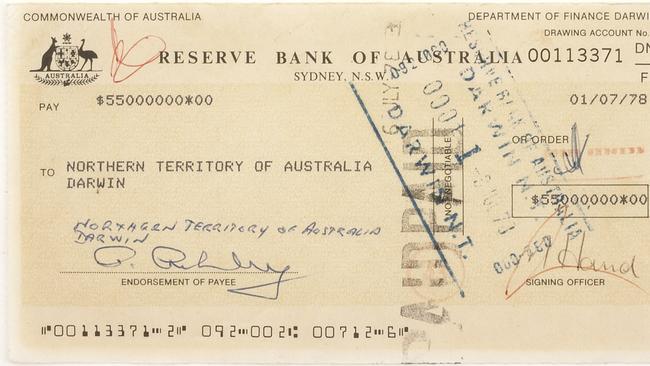
“I held the cheque for about 10 seconds in front of the cameras and under-treasurer Alan Ashley plucked it from my fingers as the cameras were rolling and said, ‘Minister, you will not have to bother yourself with such matters any more’.”
Former member for Ludmilla and Katherine, Roger Steele, recalled the work Everingham and others did, often in challenging circumstances, to prepare the Territory for self government.
“We were freshly elected politicians trying to do our best for the Territory and there were 12 of us living in two bedrooms after the cyclone, some of sleeping on the floor,” Steele said.
“Nick Dondas would use his connections to secure food and we raided Everingham’s house in Shepherd Street to get to his wine.
“It was an interesting period in that we were very uncertain about the future and there was a lot of stress the Commonwealth would get rid of the Legislative Assembly and take control back over in Canberra.”
Fast forward to 2024 and new CLP Chief Minister Lia Finocchiaro said the First Assembly was “incredibly important”.
“Up until that point we had been government by Canberra, and to have our own elected Territorians forging that path to self government was so powerful and so important,” she said.





